On Tuesday night, the Seattle City Council unanimously passed an ordinance banning all forms of street racing within city limits — a sweeping move triggered by the fatal crash of 19-year-old Ethan Ruiz on May 12 near the intersection of 23rd and Jackson. The crash, caught on multiple dashcams and cell phones, showed Ruiz’s modified 2018 Honda Civic spinning out after a high-speed chase with two other vehicles near the Rainier Valley neighborhood. He died at the scene. Witnesses said the racers had been meeting weekly for months, drawing crowds of up to 200 people on weekend nights.
What Led to the Ban?
The ban wasn’t born overnight. For over a year, neighborhood groups in South Seattle had been filing complaints with the Seattle Police Department, documenting illegal races on 23rd, 12th, and Rainier Avenue. Traffic cameras recorded speeds exceeding 100 mph in 30 mph zones. In 2023 alone, the city logged 147 reported incidents of street racing — a 67% increase from 2021. But enforcement was inconsistent. Officers often arrived after the races ended, and without clear legal definitions for what constituted "street racing," charges were rarely filed.
Then came Ethan Ruiz’s death. His mother, Lisa Ruiz, spoke at the council meeting. "He wasn’t a criminal," she said, holding his high school graduation photo. "He was a kid who loved cars. But he got caught up in something that wasn’t just reckless — it was deadly." Her testimony, along with a viral video of the crash, pushed the council to act.
The New Ordinance: What’s Actually Banned?
The new law, Ordinance 12045, defines street racing as "any competition of speed or acceleration between two or more motor vehicles on a public street or highway," including drag races, time trials, and impromptu races sparked by honking or flashing headlights. It also bans "spectating" — meaning gathering on sidewalks or curbs to watch illegal races. Violators face up to 90 days in jail and fines of $5,000 for drivers, $1,500 for spectators.
What’s surprising? The law includes a loophole for organized track events — but only if they’re sanctioned by the Sports Car Club of America (SCCA) or similar bodies. That distinction was pushed by local car clubs who argued they weren’t part of the problem. "We’ve been racing legally for decades," said James Chen, president of the Pacific Northwest Performance Club. "This isn’t about banning car culture. It’s about stopping the chaos."
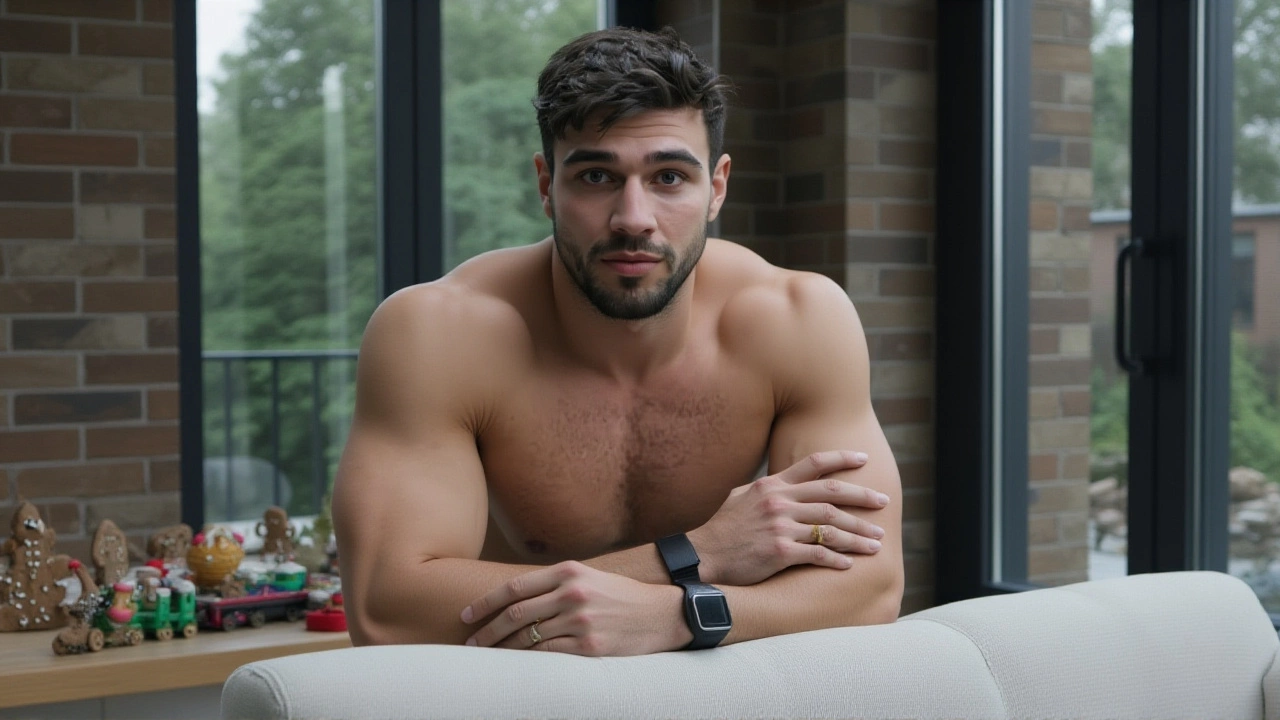
Who’s Affected — And How?
Over 1,200 registered members of underground racing forums in the Puget Sound region have been identified by police. Many are teens and young adults who see street racing as a form of rebellion or community. "It’s not about the speed," said 17-year-old Marcus Tran, who’s been attending races since he was 15. "It’s about being seen. Nobody’s listening to us — until someone dies."
For families living near hotspots like the South Park industrial zone, the ban brings relief. "I used to hear engines revving at 2 a.m. every weekend," said Maria Delgado, who lives across from 23rd and McClellan. "My daughter stopped sleeping through the night. Now I can actually turn off the window AC without worrying."
But enforcement remains a question. The Seattle Police Department has only 12 officers trained in high-speed pursuit detection. They’re now being assigned to mobile surveillance units equipped with AI-powered license plate readers that flag modified vehicles registered in known racing zones.
What’s Next?
City officials are already drafting a companion bill to create a $2.3 million youth outreach program called "Racing to a Better Future," funded by seized vehicle auction proceeds. The program will partner with local auto shops to offer free certification courses in engine tuning — but only for those who complete community service hours and attend traffic safety workshops.
Meanwhile, state legislators in Olympia are watching. A similar bill is expected to be introduced in the Washington State Senate next month. "Seattle’s doing what other cities have been afraid to do," said State Senator Lisa Nguyen. "They’re treating this like the public health crisis it is."
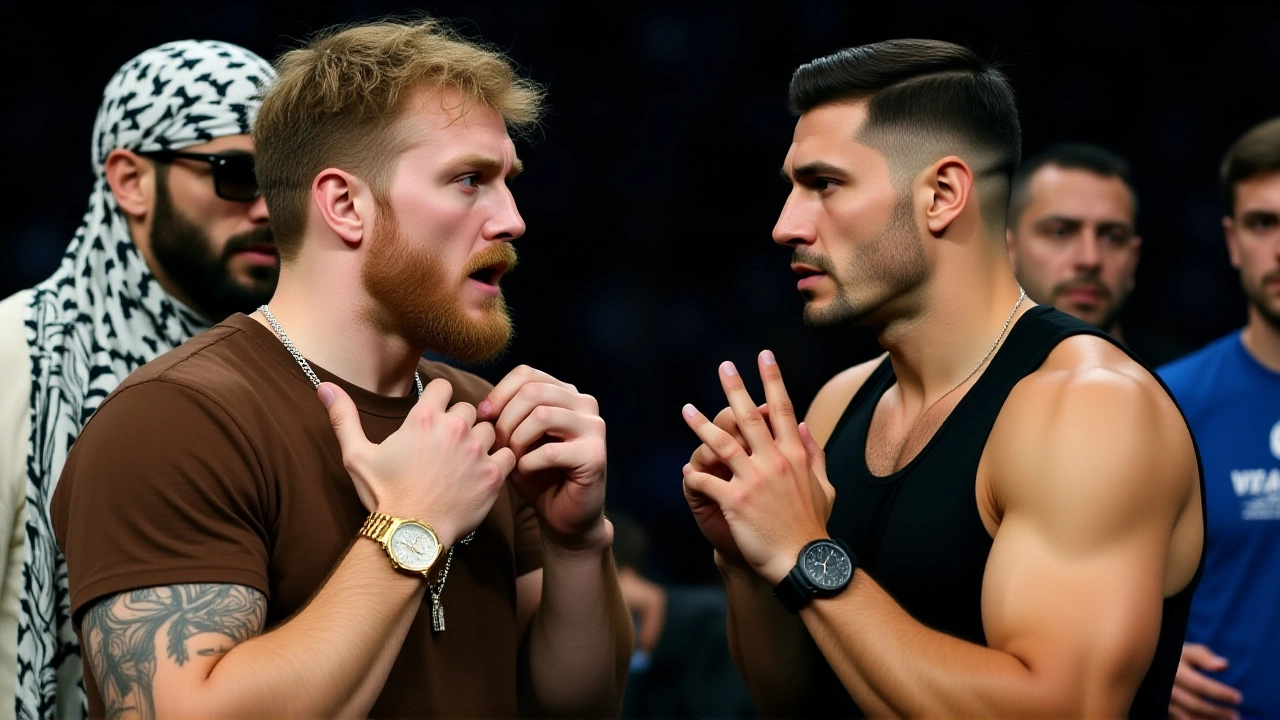
Historical Context: A Pattern Repeats
This isn’t the first time Seattle has tried to crack down. In 2016, the city passed a "no tolerance" policy after a 16-year-old was killed in a race near Lake Union. It led to a temporary drop in incidents — then a resurgence. The difference this time? The ban includes spectators. And the public outrage is louder.
Other cities have taken similar steps. Los Angeles banned street racing in 2021 after a fatal crash in East LA. Chicago followed in 2022. But Seattle’s inclusion of spectator penalties is unprecedented. Critics call it overreach. Supporters say it’s the only way to break the cycle.
"You can’t arrest every driver," said Dr. Helen Kim, a traffic safety researcher at the University of Washington. "But you can remove the audience. No crowd. No show. No race."
Frequently Asked Questions
How does this affect young car enthusiasts in Seattle?
Young car lovers aren’t being banned from cars — just from public streets. The city’s new $2.3 million outreach program offers free certification courses in engine tuning and safety through partnered auto shops, but only to those who complete community service and attend mandatory traffic safety workshops. Over 80% of past offenders surveyed said they’d join if they could legally modify their cars without fear of arrest.
Can police really enforce this across the whole city?
Not easily — but they’re trying. The Seattle Police Department is deploying 12 newly trained officers with AI-powered mobile license plate readers that flag modified vehicles linked to known racing zones. They’re also working with neighborhood watch groups to report sightings. So far, over 300 vehicles have been flagged since the ordinance passed. Enforcement will focus on repeat offenders and organized events.
What happens to cars seized during illegal races?
Seized vehicles are auctioned off, with proceeds funding the "Racing to a Better Future" youth program. In the first two weeks after the ban, police impounded 14 cars — including a 2015 Nissan GT-R with a $15,000 turbo upgrade and a 2017 Ford Mustang with a custom roll cage. Owners have 30 days to contest the seizure in court.
Why include spectators in the ban?
Because without crowds, the races lose their appeal. Studies from Los Angeles and Chicago show spectator bans reduced street racing incidents by 63% within six months. People don’t race just for speed — they race for attention. Removing the audience removes the incentive. Police say most racers admit they’d stop if no one was watching.
Are track events still allowed?
Yes — but only if sanctioned by recognized organizations like the SCCA or NASA. The city has approved three local tracks for legal racing: Pacific Raceways in Kent, the Seattle Motorsports Park in Auburn, and the Snoqualmie Pass Autocross course. These venues offer controlled environments with safety crews, emergency medics, and insurance coverage — something streets never could.
What’s the long-term goal of this law?
The goal isn’t just to stop deaths — it’s to redirect passion. Seattle wants to turn car culture from a public menace into a legal, skill-based community. The city is already working with local high schools to add automotive technology programs. If this works, they hope to reduce youth involvement in illegal racing by 70% within three years — and save lives in the process.
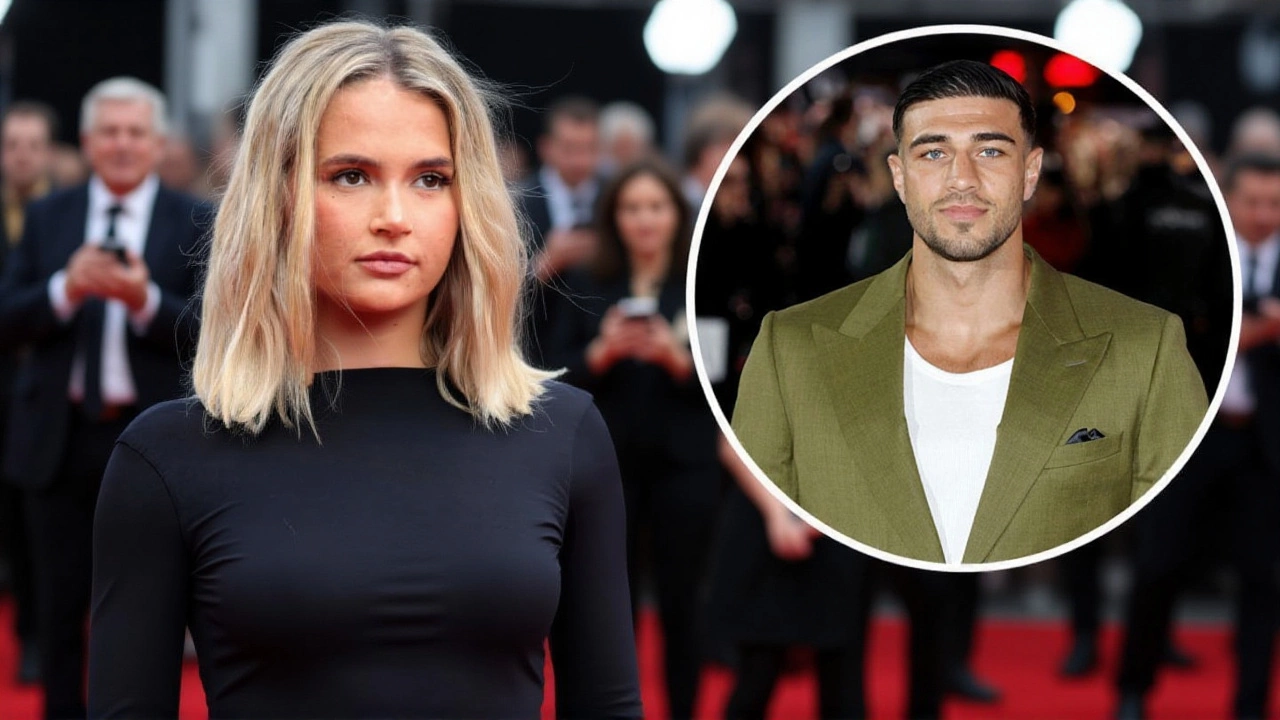


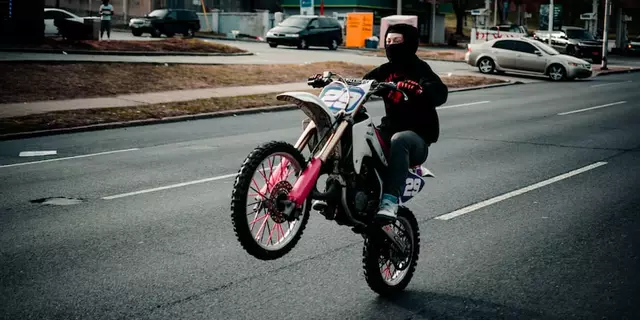
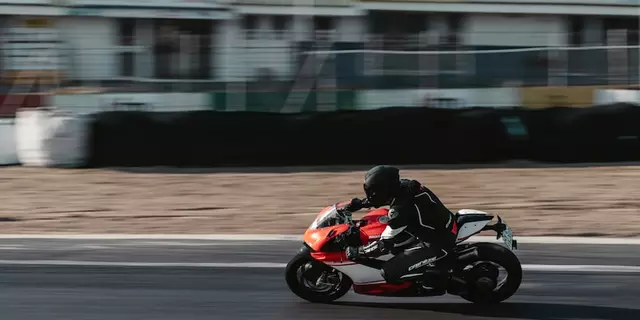



Write a comment